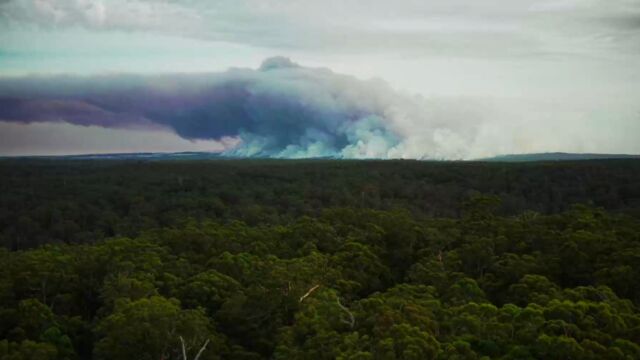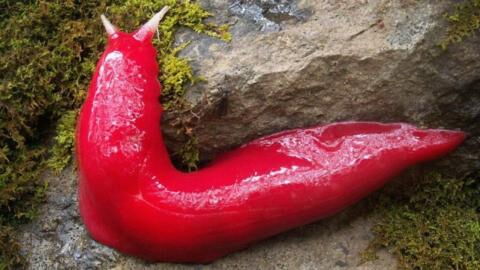The fires that raged across Australiafor months revealed something very surprising. In the south of Victoria state, in the Aboriginal site Budj Bim, the fires had unfortunately cleared hundreds of hectares of luxurious wildlife and nature, but simultaneously revealed an incredible network of channels that were created by the local population several thousand years ago and well before the pyramids in Egypt were built.
Discover our latest podcast
One of the biggest aquaculture networks in the world
This collection of channels is one of the biggest and oldest aquaculture systems in the world and according to CNN, they were created by the Gunditjmara people to trap and harvest eels for food. This system of channels, weirs and other dams were built around 6,600 years ago out of volcanic rock obtained from a volcano which is now dormant in the region.
Archaeologists already knew about the existence of this site and Budj Bim has actually been a UNESCO world heritage site since July last year, but this discovery revealed by the fires was only declared by the national park at the end of December last year.
These fires cleared around 790 hectares of wildlife, revealing the collection of channels and systems among the scorched land
Special measures taken by firefighters
When questioned by CNN, Denis Rose, project manager at the non-profit organisation Gunditj Mirring Traditional Owners Aboriginal Corporation, confirmed that the actual system is, in fact, a lot bigger than the system that they had previously identified:
When we returned to the area, we found a channel hidden in the grass and other vegetation. It was about 25 meters (82 feet), in length, which was a fairly substantial size.
In order to protect this heritage site, firefighters worked with local groups to identify the culturally significant areas and then used ‘low impact’ techniques instead of heavy machinery when putting out the fires.
Denis Rose seemed very happy about the care and consideration put in to preserve this area. He concluded:
These actions prevented the fire spreading beyond containment lines even on an extreme fire day and protected the cultural sites from damage,’ he concluded.















